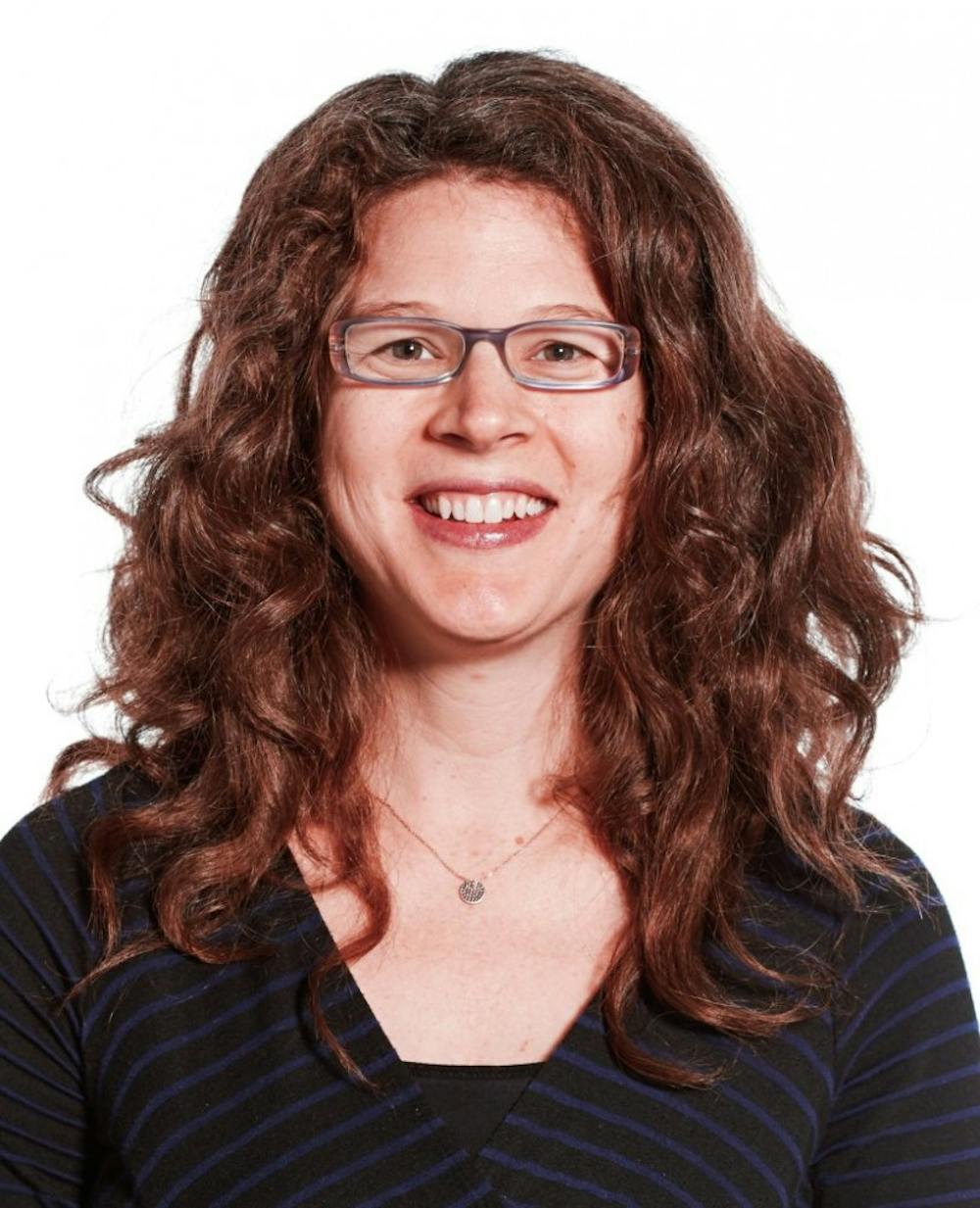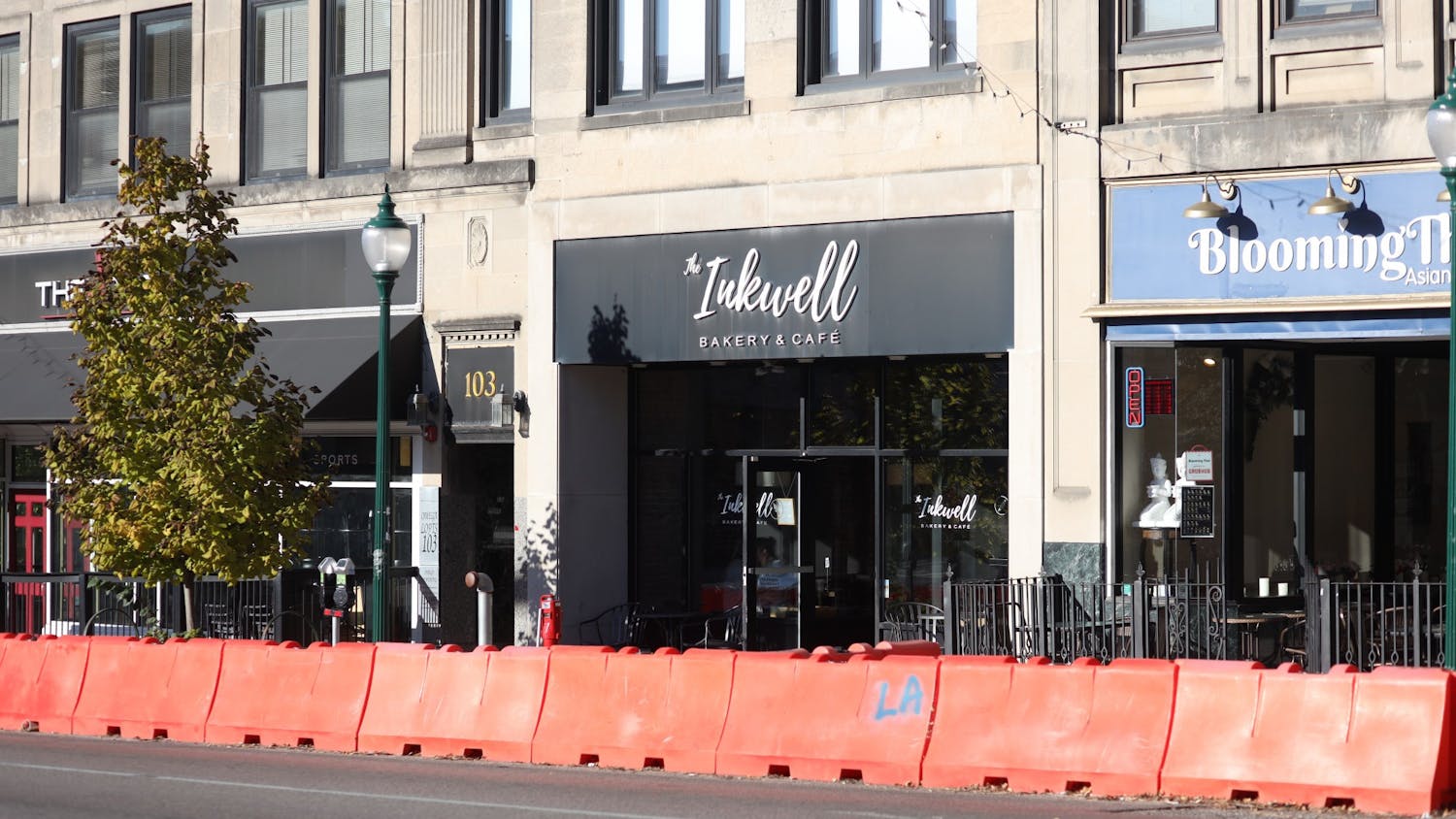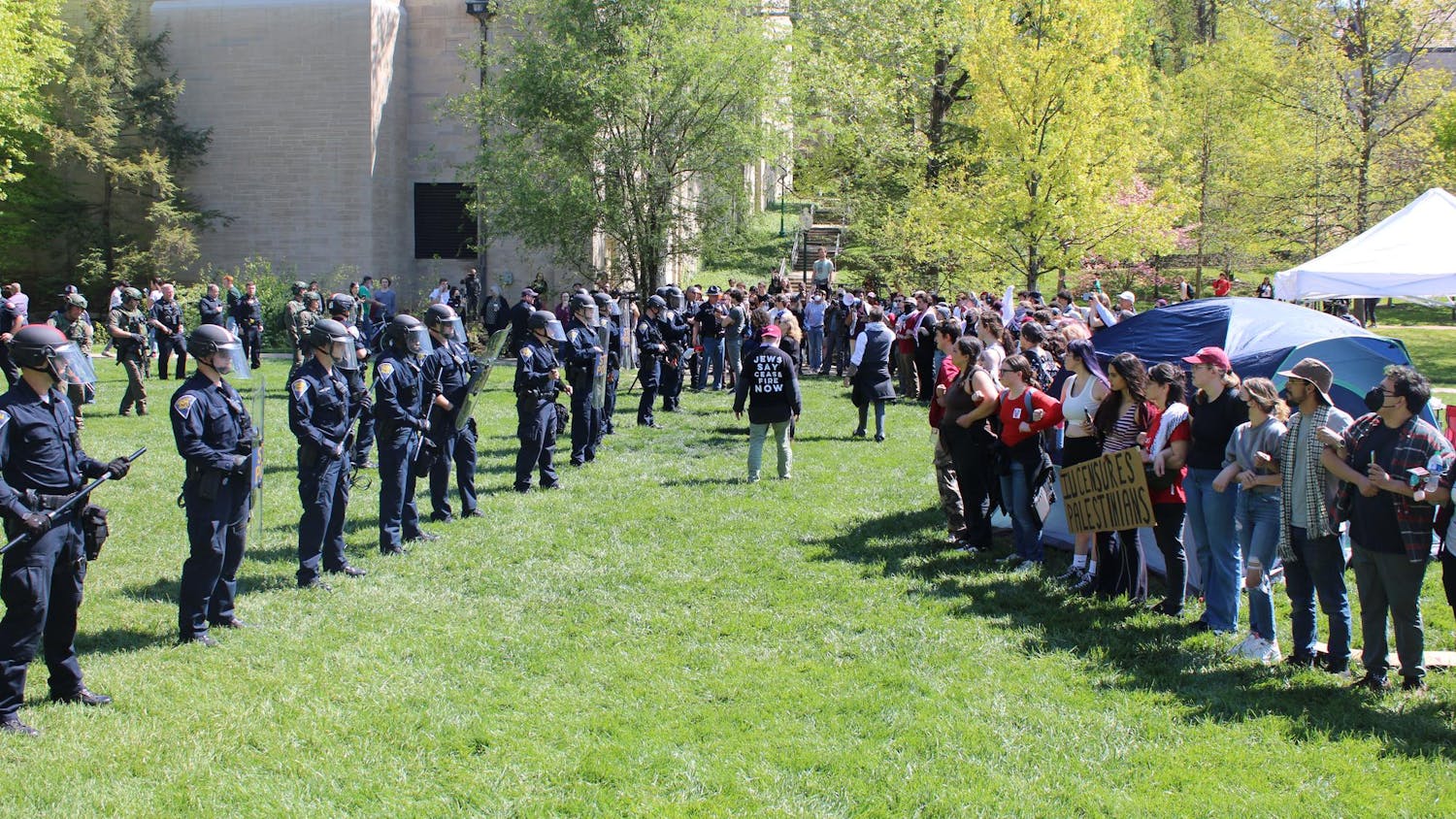The IU Eskenazi Museum of Art may be closed for renovations, but the museum is still welcoming its new Lucienne M. Glaubinger Director of Education, Heidi Davis-Soylu, to its staff. Davis-Soylu moved into her new office two weeks ago and spoke with the IDS last week about her goals and vision for her new role.
IDS: So, what’s your connection to IU?
Heidi: I have a lot of connection to IU. I’m so excited to be back. My undergraduate work was at IU Southeast, and then I was here in Bloomington for my master’s and my Ph.D.
IDS: What has settling in to your new role been like so far?
Heidi: It’s been fantastic. I’m just so happy. It’s been surreal to be back on campus in this new role, and the museum was always one of my favorite places and things about Bloomington, so to be able to be here and envision its next steps is just amazing. And the staff I’m working with, everyone, is great. I just feel very fortunate.
IDS: So you mentioned envisioning that next step, so what do you see that next step as?
Heidi: Well, we are currently closed for renovations, so that’s been giving us an important and intriguing opportunity to think about what is the role of education and research with our museum. And when open again, we’ll be ready for that next step, to be that preeminent teaching museum.
We want to highlight the importance of education and be this new center for education. We want to create lifelong learners and really figure out how to be better at creating a space for people to come in and learn.
IDS: How, specifically, do you plan to do that?
Heidi: Well, our renovation plans include plans for a new center for education within the museum to help support that life-long learning. We’re also planning more outreach programs for local schools so that we can give them that early appreciation for art and learning.
IDS: What, specifically, are you doing now that the museum is closed?
Heidi: We’re still continuing to reach out to schools, so we’ve gone to every second grade in Monroe County. We’ve given talks, and it’s been really well-received. And we’ve kind of fine-tuned that outreach as a tool we can use going forward. We’re looking at expanding to other grade levels and other schools beyond just Monroe County, so that’s been ongoing.
We’ve also been thinking about how we advocate for marginalized populations and give them the opportunity to use the museum and expand the tools we offer and explore and reach out and enact ways we can bring other voices. We know that for many, this may be the first museum that they come to, but we don’t want it to be the last.
IDS: You mentioned advocating for marginalized communities, so how, exactly, do you hope to go about doing that?
Heidi: Research is the place where I start. I look at what research says is the best window of opportunity for us and the best way to go about this in a profound way. I think that thinking about our approach and being inclusively creative goes a long way.
If we’re creating something, we want to bring in other voices as well, so that may mean having partnerships with leaders in marginalized communities or inviting guests and speakers who are from these communities or even working with artists in these communities for projects. It shouldn’t just be us making the decision or being the only voice there.
IDS: Can you talk a bit more about the importance of connecting with local schools and not just IU students?
Heidi: We think about it as in-reach and outreach. In-reach is the IU campus, and outreach is beyond that. The leadership here is all very interested in the museum, and we have had that relationship for a long time, but we also want to work with teachers, students, children all across Indiana so they can benefit from the tools and resources we have to offer as well. We have fantastic collections and great resources, so we kind of envision ourselves as a museum that is very important to the Midwest, not just IU.
IDS: So what specifically do your responsibilities as Director of Education entail?
Heidi: So I’m overseeing what the education department is and what our goals are and how we grow. I’m also responsible for contributing that education lens while at the table with people who are making decisions for the museum. I’m the one who keeps us on track with education and makes sure it is always in our mind, exactly what we can do for the community in terms of education.
IDS: I’ve heard that there are going to be some differences in this role. Can you talk a bit about that?
Heidi: Before, the position was pretty separate. There was less connection between the education part and the administrative work that goes into making big-picture decisions. Now, it’s more like education has more of a seat at that table, and we are considering that lens in every decision we make, not just the education decisions.
IDS: Do you have any personal plans or goals?
Heidi: Yes, tons of them. First, I’m just trying to get my feet underneath me here. But really, educational accessibility is my passion, so thinking about all of the barriers to getting certain communities the art education they deserve.
I want to figure out how to creatively try to overcome these barriers, so everyone, everyone can have meaningful experiences with art. I think it’s super important. It’s something that’s often forgotten or missing in people’s lives, but it’s just a big loss if that’s the case.
IDS: Do you have any plans that will be set in motion for particular programs, anything specific?
Heidi: It’s pretty early for that. I really want to look closely at our teacher professional development and make sure our educators have all the tools they need. We’re going to jump right into that. We want to do a lot more outreach in addition to in-reach. We want to really flesh out our partnership with the Speed in Louisville, where a lot of our artwork will be displayed while we’re closed.
We want to make sure they have what they need to exhibit our collections well, and we’re really excited to tap into a completely new community and work with them on this. I think this is going to be a model for us on how to do outreach.
IDS: Is there anything you’re nervous about? Any obstacles you feel like you’ll have to overcome?
Heidi: There’s always the obstacle when you’re working at an art museum of making people feel comfortable in the museum and to feel that sense of ownership like they can just come in and be here. That’s something I’m constantly aware of.
A challenge is also to always be aware of whose voices are being heard and whose need to be heard more and making sure that we are as open, inclusive and inspiring as we can possibly be. I try to be super mindful of all of that, to be thinking about who has privilege and how we can challenge that.
IDS: So how do you go about making people more comfortable in an art museum?
Heidi: It’s a life-long approach. We want to get people to come early in life so that they feel like this is a place where they belong, so outreach in elementary schools has been a way of going out and trying to do that. But then how do we reach like a 19-year-old who hasn’t spent much time in an art museum before and doesn’t feel comfortable just walking in?
I think having events and classes and talks and exhibits that really draw students in and give them that excuse to get in there for the first time is a good first step. And then just to talk to them and have a dialogue about what they’re interested in, what they want.
IDS: What effect do you personally hope to have on the art museum and on students?
Heidi: Well, I think my life-long goal is to help broaden education. I think diversity is so huge. It’s something that I hope we’re able to bring in and have those multiple voices and for people to feel like the museum is open to new ideas ad different ways of thinking, for people to know that in art, a lot of times there is no right or wrong. The arts provides a space that I don’t think other areas provide as well, to just promote creative problem-solving.
IDS: Overall, what are you most excited for in this new role?
Heidi: It’s just really cool to be in Bloomington and be back and be able to contribute back to a city and a school that helped me so much. I think I’m honored just to be here at this time in this role with this group of people in this amazing museum.




